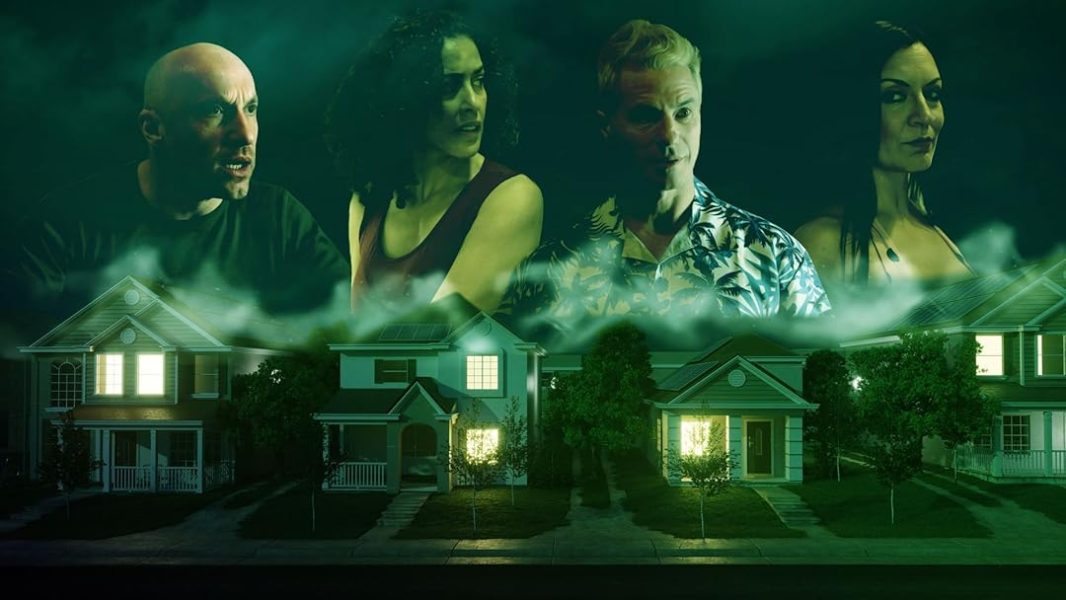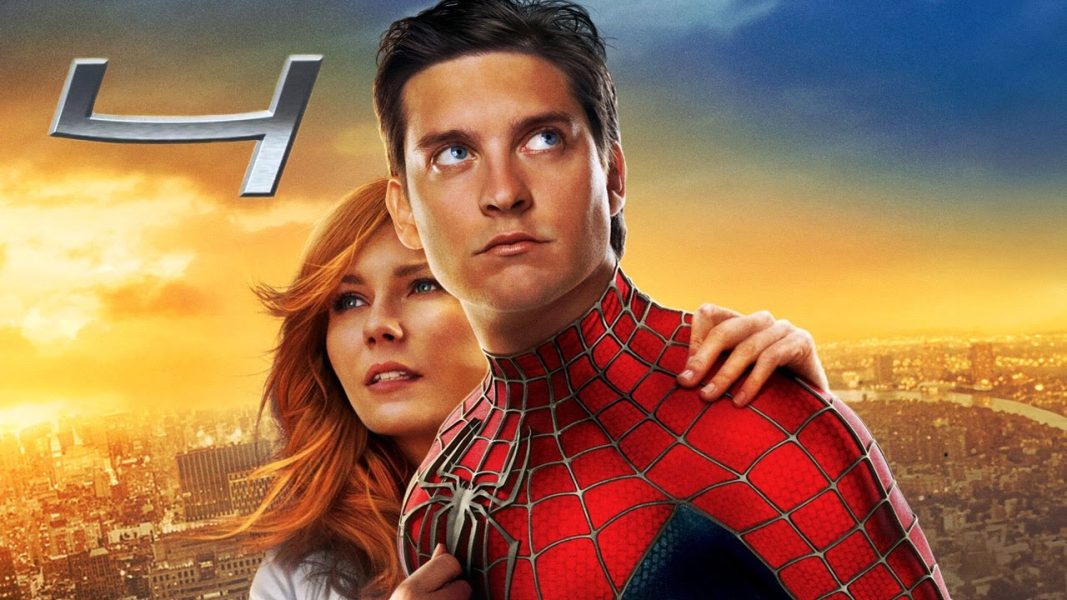Zack Snyder vs. Joss Whedon: Justice League: Dawn of Executive Failure
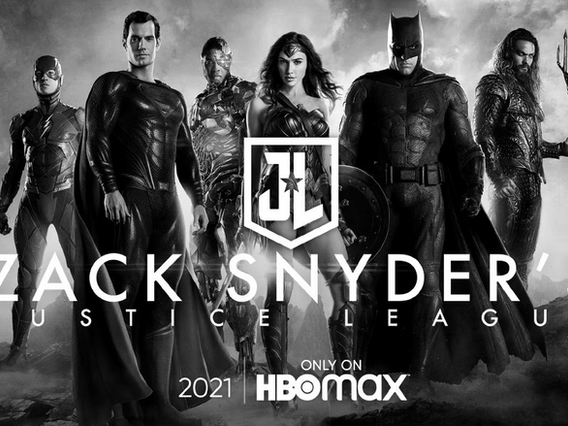
Justice League (2017) is perhaps one of the most disliked movies of the DC Extended Universe (DCEU). Most of it has to do with the failed DC shared universe that director Zack Snyder planned out. Back in 2008, Warner Brothers wanted to match Marvel’s success with a shared cinematic universe by crafting one of their own. In 2013, this plan came into effect with the release of Man of Steel. However, the film garnered mixed reviews from critics and audiences.
Already off on a bad start, Warner Brothers continued with Snyder’s vision. However, when his subsequent film (2016’s Batman v Superman: Dawn of Justice) failed with critics once again, and with Snyder having to step away due to a family tragedy, Warner Brothers decided to ditch Snyder and brought on director Joss Whedon, who was known for his success at Marvel with The Avengers (2012) and its sequel, Avengers Age of Ultron (2015), to take over directing Justice League (2017). As a result, the final theatrical cut of Justice League (2017) was a completely different film compared to Snyder’s original vision.
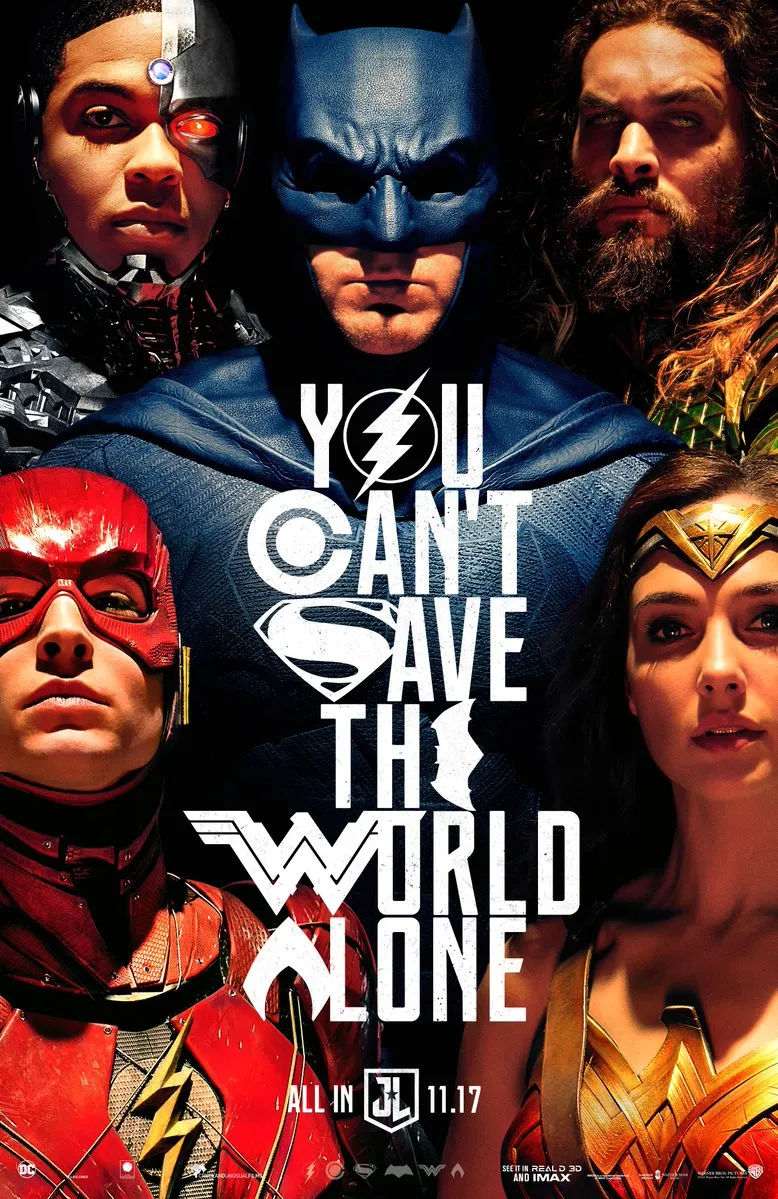
Joss Whedon’s Justice League (2017) had a lighter tone, with more smiles and jokes made, in addition to a lot of reshot footage, including Superman’s notorious CGI upper lip. It was released to mostly negative reviews from both critics and fans, with critics saying that the movie is a soulless cash-grab and fans believing that Whedon made an inferior product. An internet following quickly ensued, with many fans utilizing the hashtag #ReleaseTheSnyderCut to have Warner Brothers release Snyder’s original vision. Fans began spamming the hashtag in comment sections on social media, sending waves of emails to executives, erecting billboards, and even flying planes with the hashtag on banners. In 2020, after various movie productions were paused due to COVID-19, AT&T decided to fund Zack Snyder’s original vision and Warner Brothers released the film on HBO Max.
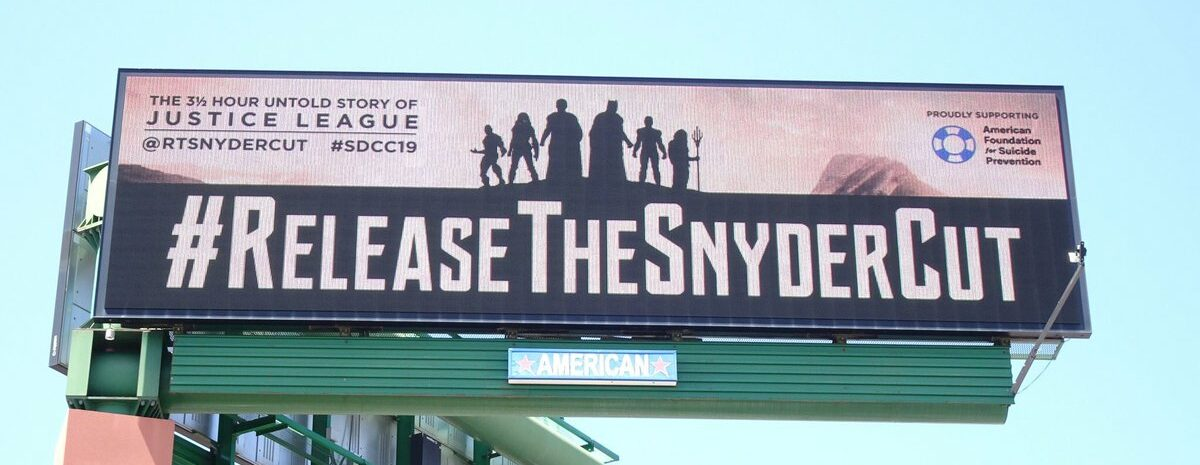
Snyder’s restored vision contains the lost footage cut from the theatrical release in addition to new footage that adds a new character design and depth to the goals of the main villain, Steppenwolf. In Whedon’s cut, Steppenwolf is called to Earth by the Mother Boxes and wants to conquer Earth because it’s his birthright? He honestly sounds like a toddler having a temper tantrum most of the time on screen. It wasn’t very compelling to listen to him talk at all especially if he’s supposed to be this imposing villain.

Not even his design could save this horrible dialogue: he looked like a deformed wax statue in a museum, which was a clear sign that the film was rushed! Steppenwolf got a major upgrade in the Snyder Cut, with a design that is more horrific and beast-like albeit with armor that is far too shiny at times. Along with the better design, Steppenwolf gets a more 3 dimensional character and motivations. He’s just an alien trying to go home and Earth is just a stepping stone to that ultimate goal. Leaving this out of the story just ends up making the villain the butt of every joke, and giving the audience no real sense of dread or danger.
Additionally, Snyder included Cyborg’s complete origin story, which acted as the emotional driving force of the story, having to go through the most character changes. At the beginning, Cyborg is just a man who resents his father for saving his life (or what was left of it) and from that moment, he must come to terms with what he is, what he can do, and how he could even save the world. Taking his story out of the final cut is almost like getting surgery for appendicitis and having the surgeons take your heart instead. In addition, Snyder’s version made the Justice League much more competent as a team, having understood each other’s motives, learning from their past mistakes, and fighting Steppenwolf together rather than fighting him individually and losing.
Despite Snyder’s version being a much-needed improvement compared to Whedon’s theatrical mess, it still is a far from perfect movie. One major complaint I and many others had with the film was the 4 hour runtime. I felt that a lot of scenes in the beginning could have been cut down to preserve the run time. Another thing I thought was overused was Snyder’s signature use of slow motion. With some characters, such as The Flash, slow motion makes sense since we have an idea how fast he is going.
However, almost every action scene contains copious amounts of slow motion. Slow motion in action scenes is often used to place specific emphasis on an action. For example, in 1999’s The Matrix, slow motion was used when Neo dodges an Agent’s bullets to show how fast Neo is. In Snyder’s Justice League, however, slow motion is used for mundane moments such as a mug of coffee dropping on the floor. Why do I need to see this in slow motion?
Additionally, I was a bit put off by some of the action scenes, especially the one involving Superman’s resurrection. When Superman comes back to life via the Justice League’s efforts, he attacks the League. None of the members could stand a chance against him, with Superman being stronger than Wonder Woman and Aquaman, faster than The Flash, and more skilled than Cyborg and Batman. I seriously wished that Snyder made the short fight more balanced, maybe showing Superman’s struggle against the League.
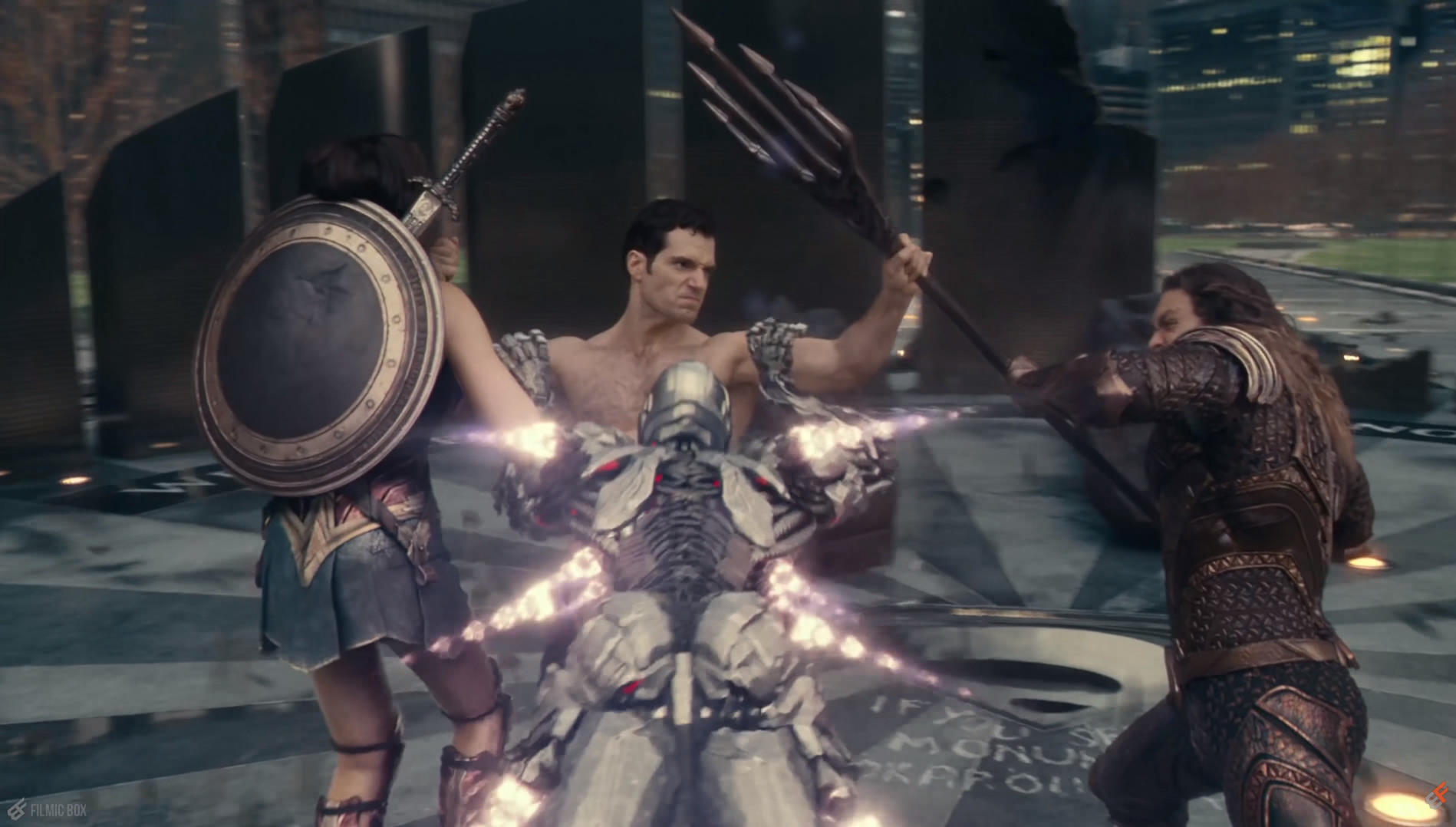
While the Snyder Cut still have its share of issues, I thoroughly enjoyed the film and recommend it to anyone who is a fan of comic book films. The story, tone, and characters is far more consistent when compared to the theatrical release. While the pacing of the first part of the film could have been done better, the rest of the film more than makes up for the lackluster beginning. By the end of the film, you’ll feel a sense of both payoff for the buildup of Zack Snyder’s shared universe, and a sense of accomplishment for sitting through the 4 hour runtime.
Where 2017’s Justice League failed to garner support from both critics and fans, Snyder’s Justice League (2021) not only received strong reviews from both groups, but also drew in views from hardcore Marvel fans. Sometimes, a film studio just has to trust in the vision of their directors in order to see success. If you’re a fan of Marvel, D.C., or even Dark Horse comics, this is a film that has the ability to change how we look at not just superhero movies, but epic movies in general.



